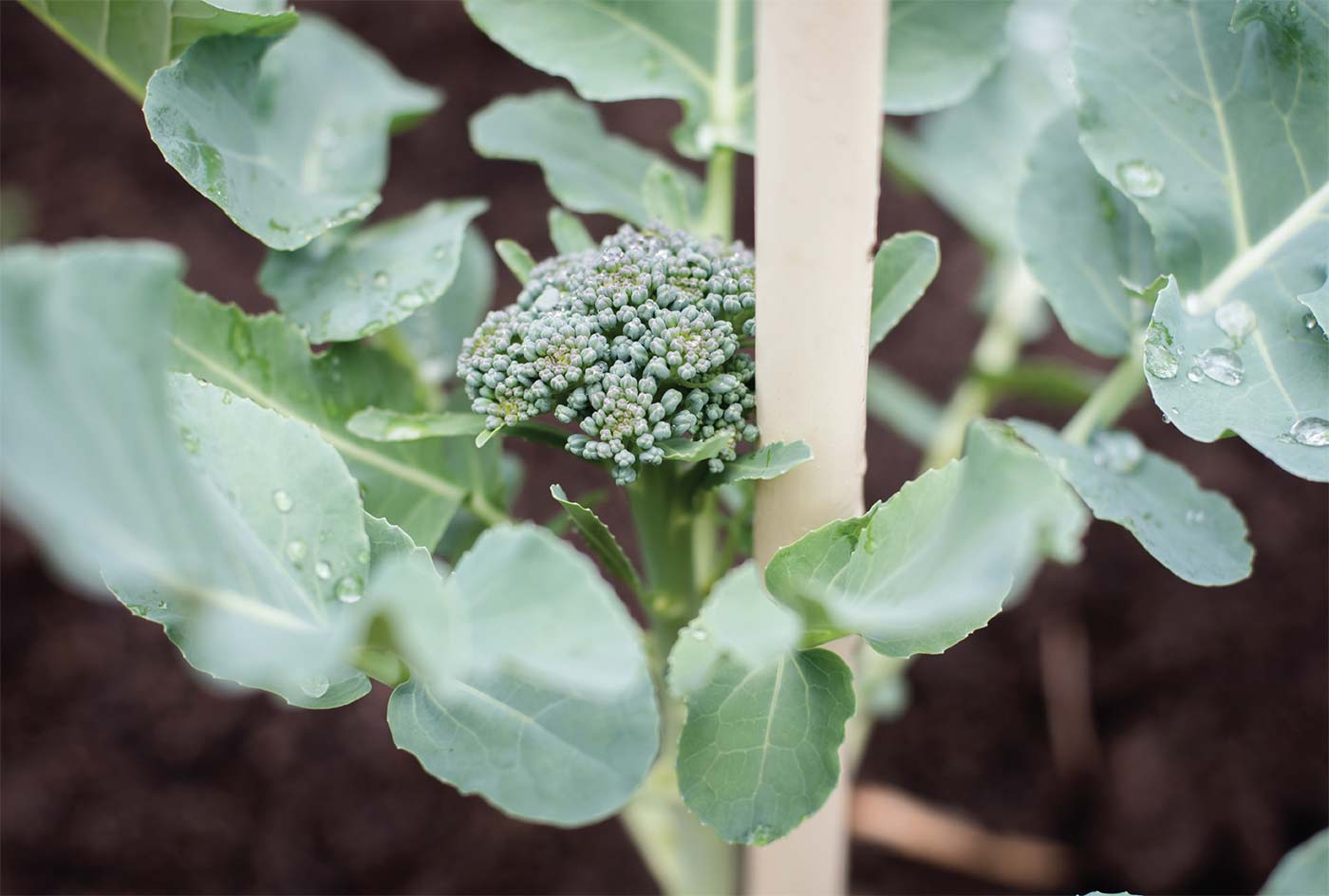A GROWING INFLUENCE
The Ohio State University’s InFACT Buckeye ISA project empowers community gardeners
To see the Buckeye ISA (institution-supported agriculture) project in action, I visited the Linden home of project participants Clarence White and Cathy White-Davis on a rainy afternoon.
I marveled at the couple’s already green and flourishing yard, where a wooden bridge arched over a koi pond whose inhabitants, I later learned, include Bozo the carp and Little Nathan the turtle. “The fish pond supplies natural fertilizer for the garden,” White says.
At 74, he is fit and soft-spoken. Although he grew up on farms in Tennessee and Georgia and “always put in a few tomato plants and beans,” White, now retired, drove trucks for 40 years for Mason and Dixon Lines, where he met his wife, then a fellow employee.
“Four million accident-free miles,” he says with justifiable pride.
But he always loved farming. The couple’s six children are now grown, and four of their 12 grandchildren live with their grandparents. When White heard about Buckeye ISA in 2018 from daughter Tiffany, who is president of the Northeast Area Commission and also a project participant, he and his wife were ready for the opportunity to grow more vegetables.
They received seeds, materials to build five small raised-bed gardens, soil to fill them and gardening tools. They went to training meetings at Martin Luther King and Shepard libraries. They were rewarded with a harvest that included okra, cabbage and sweet potatoes. Their grandkids actually ate what they grew.
Among the new additions to this year’s gardens are watermelon and Brussels sprouts, and White-Davis knows to look for her husband first in the garden.
“I’m enjoying it,” he says, showing me a phone pic of grandson John picking beans. “It brings back good old memories.”
NEW WORD, NEW CONCEPT
We know the term community-supported agriculture (CSA). The term institution-supported agriculture (ISA) was coined by Casey Hoy, Ohio State University (OSU) professor of entomology, Kellogg-Endowed chair in agroecosystems management and faculty director of InFACT, the university’s Initiative for Food and AgriCultural Transformation, and author of the $750,000, three-year W.K. Kellogg Foundation grant that funds the Buckeye ISA project.
Hoy envisioned a grant that would enable families with young children in food deserts (urban communities with poor access to affordable and nutritious food) to grow their own vegetables and sell the surplus to an OSU dining hall.
I spoke to Angela Latham, a Linden native and InFACT’s program director at OSU, who modestly describes herself as “the day-to-day contact and boots on the ground” who oversees the Buckeye ISA project. She explained the project’s four goals:
- To leverage OSU’s goal to increase production and purchase of locally and sustainably sourced food to 40% by 2025 in order to promote more urban farming in economically disadvantaged local communities by providing access to tools, seeds and expertise.
- To provide training and workshops to Buckeye ISA families through the OSU Franklin County Extension program.
- To partner with Nationwide Children’s Hospital to use biometric screenings of children of participating families to compare their health before and after participation in the grant.
- To streamline the process of distributing produce from small producers like families to large institutions like OSU.
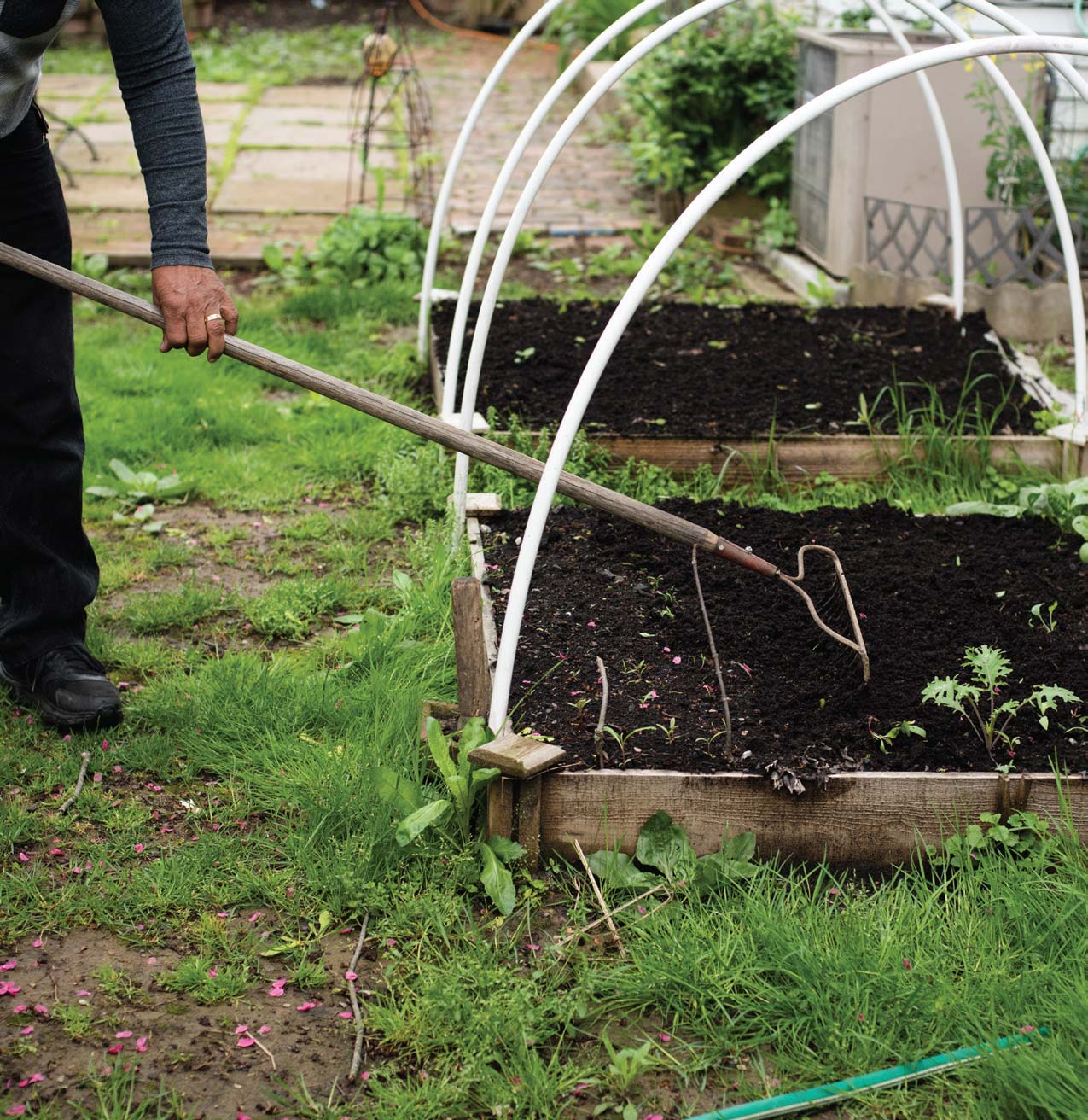
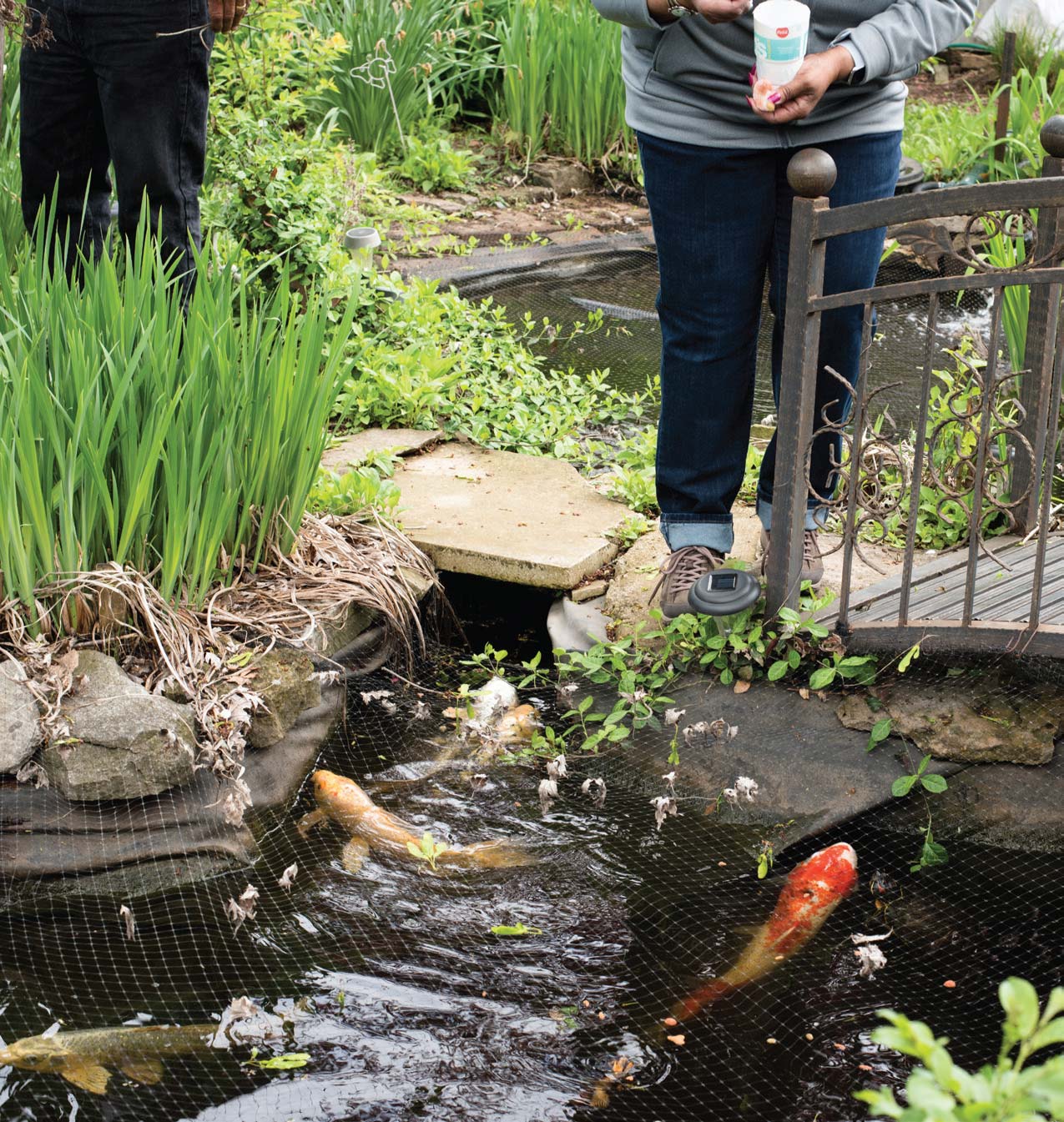
HOW NOT TO RE-INVENT THE WHEEL
Families in disadvantaged areas with children age 8 or younger who live at home may participate in Buckeye ISA. Last year 32 families took part; this year the number is 64 and rising.
To recruit families, organizers turned to seven community organizations already active in addressing food equality issues: Franklinton Farms (Franklinton); Greater Columbus Growing Coalition, GCGC (Linden); Charles Madison Nabrit Memorial Garden (East Side); A & L Afterschool Literacy + Institute (East Side); Local Matters (Weinland Park); Parsons Area Merchants Association (South Side); and Rural Action (Athens County).
Each area is headed by a community liaison coordinator who helps recruit families, disseminate information and coordinate efforts. Community activist Charles Nabrit is the Linden coordinator.
“The Kroger store [in Northern Lights Shopping Center] closed last year,” Nabrit says, “so food desert is not an abstract term in this zip code.”
BEYOND THE FAMILY GARDEN
Buckeye ISA families grow in community gardens, in their own yards or in container gardens, and they have the option to market their excess produce to Ohio State dining services to supplement family income.
“It’s a drop in the bucket compared to the amount of food that OSU buys,” says Latham, “but it offers these families an opportunity that they wouldn’t have otherwise.”
Also part of the three-person Buckeye ISA business team, Nabrit helps families develop a business plan, addressing issues like tracking expenses, lowering costs and “thinking of themselves as businesspeople.”
In August and September 2018, the OSU Traditions dining program at Scott House, which serves 8,000 to 11,000 students per day, received 665 pounds of vegetables in two deliveries from Buckeye ISA participants. Nabrit was “very pleased at the amount we were able to sell,” noting that “it was a learning process” and “a lesson on logistics and growing for production as well as a big boost in personal nutrition and business savvy.”
On the dining hall side, OSU Corporate Executive Chef Lesa Holford praised the experiment as a success.
“We bought everything they had.”
Sourcing food, Chef Holford says, is “a big part of my job and a huge part of the 2025 local-and-sustainable goal. I’m all for it. I love being part of the local food system and supporting small and large farmers in the state of Ohio.”
Latham and Nabrit emphasize that participating families can choose whether to sell their produce or not. Some may prefer to can it, freeze it or sell it elsewhere.
It’s all good. “Our main focus is supplemental income,” Nabrit says. “We’re interested in ways for families to grow more healthy food and save money.”
And some, like Minister Aaron K. Hopkins and his wife, Antoinette, choose to give away their bounty.
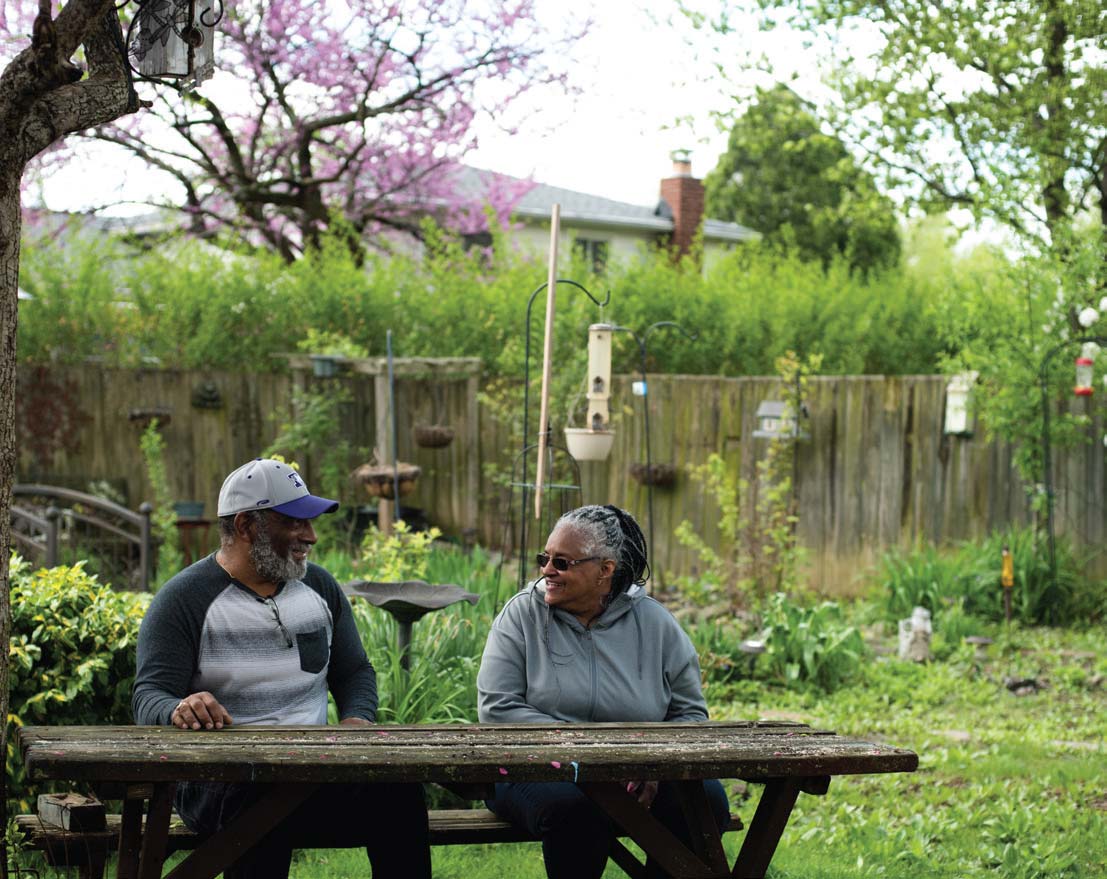 Clarence White and Cathy White-Davis, participants in the Buckeye ISA program.
Clarence White and Cathy White-Davis, participants in the Buckeye ISA program.
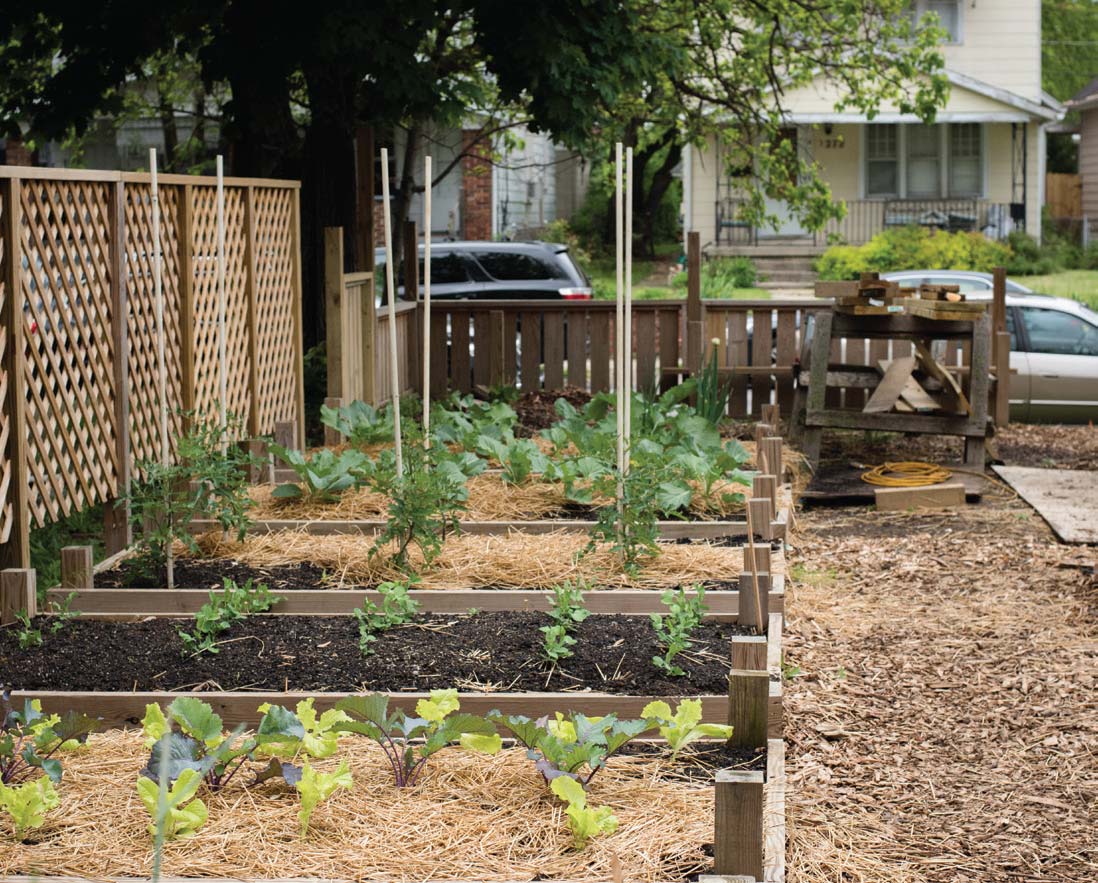
 Minister Aaron Hopkins, assistant pastor at Family Missionary Baptist Church and participant in the Buckeye ISA program.
Minister Aaron Hopkins, assistant pastor at Family Missionary Baptist Church and participant in the Buckeye ISA program.
PAYING IT FORWARD
Aaron Hopkins, a heavy construction equipment operator for Colvin Gravel and assistant pastor at Family Missionary Baptist Church, and Antoinette Hopkins, a deaconess there and a manager at Ohio Thrift, live on the South Side with three of their grandchildren. In their late 50s, both are energetic and involved in community organizations.
The couple’s “passion for development” led to their discovery last year of Buckeye ISA. She took free classes at Franklin Park Conservatory, and he took extra classes to become a certified Master Urban Farmer. Their teachers were OSU Franklin County Extension agents Mike Hogan (see story on page 40) and Tim McDermott, “a wonderful dude and educator,” according to Aaron Hopkins.
This year the South Side has two Buckeye ISA raised-bed gardens, each 136 by 35 feet, on Columbus Land Bank property on Wilson Avenue. While he gardens there with children and teenagers, Aaron Hopkins teaches them “gardening lingo—composting, integrative pest management, germination, irrigation.”
When last year’s harvest came in, the couple bagged it and distributed it to neighbors—some 800 pounds of it.
He points to “the difference in taste from what you can buy at the grocery” as one of the main benefits of gardening. She adds that “a pack of seeds only costs a dollar, so it’s affordable for sustaining a household.”
Aaron Hopkins sees no end to the possibilities that urban farming might bring. A farm stand. A 4-H Club for teens. Water conservation and rain gardens. Growing landscape plants for “color and pollinators” in South Side yards. Selling produce to Columbus Public Schools. Food processing and entrepreneurship.
This year they will sell some surplus produce at the Bronzeville Farmers Market in the King-Lincoln district, a “low-income African-American community that meets our goal to get vegetables into these households.”
Aaron Hopkins shares the story of a diabetic parishioner who began eating greens provided by the church. Later, “She came to church and said: ‘The doctor told me I don’t have to take diabetes medicine anymore!’ Her diet had reversed the effects of her disease.” Now she wants to grow vegetables for her grandkids, too.
Perhaps the Buckeye ISA project will supply that garden. Or perhaps, as its creators hope, when the grant expires in December 2020 neighborhoods will continue to grow greener and healthier as the participating families continue to grow, sell and pass on their enthusiasm and gardening know-how to friends and neighbors.
OSU Franklin County Extension Gardening Classes are free to the public as well to Buckeye ISA project families. Find times and locations of classes and workshops at https://u.osu.edu/growingfranklin/.


